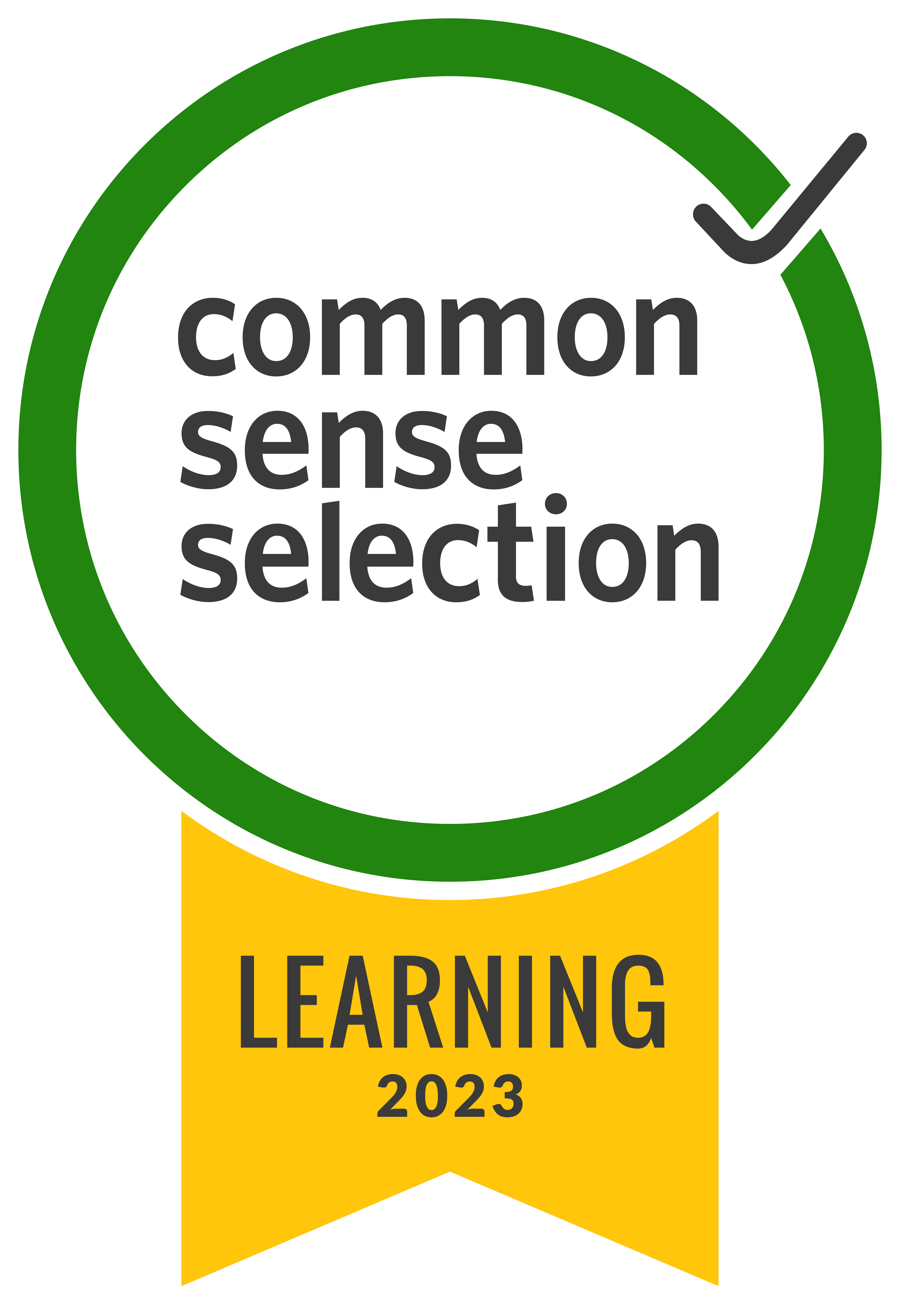Engaging young learners can be a challenge, especially when you want them to stay focused, think critically, and express their ideas in meaningful ways. Video is a powerful tool for elementary classrooms, giving students a chance to demonstrate understanding, reflect on their learning, and share their thinking with peers and teachers. From interactive lessons to student-created tutorials, incorporating video can transform learning from passive listening to active participation, keeping kids motivated, creative, and invested in their own growth.
1. Make Lessons Pop with Interactive Videos
Create short, engaging lessons students can watch at their own pace. Embed questions to check understanding and keep them involved. For example, on reading, pause to have students summarize what’s happening in their own words. This works particularly well for introducing math strategies, phonics patterns, or science vocabulary. You can create multiple versions of the same lesson with questions tailored to different learning levels. Students gain confidence answering questions in real time, and teachers get insight into who may need extra support.
2. Fun Video Challenges and Creative Projects
Move beyond worksheets by asking students to submit video responses. Give students playful video assignments that let them show their learning in creative ways:
- Math Storytelling: Explain a problem like a story or comic.
- Science Experiments: Record mini experiments or use props to illustrate a concept.
- Reading Theater: Act out or narrate favorite story parts.
Video submissions reveal student thinking in ways traditional assessments often miss. Teachers can review responses at their convenience and provide timely, personalized feedback—helping students understand exactly where they’re doing well and where they can improve.
3. Flipped Classroom for Elementary Learners
Send lessons home or let students watch instructional videos during independent work time. Embedded questions keep them engaged and accountable. When they return to class, they’re already familiar with the lesson content, freeing up time for hands-on activities, collaborative projects, or small-group instruction. Some examples:
- Watch a video about plant life cycles, then grow a plant in class and record daily observations.
- Learn a math strategy at home, then teach it to a partner during class.
This approach works well for math, reading comprehension, and science explorations, letting students apply knowledge rather than just consume it.
4. Student-Created Learning Content
Students love sharing what they know. Have them make tutorial videos for peers:
- Explain how to solve a tricky math problem.
- Show how to navigate an educational app.
- Demonstrate a classroom routine or creative project.
These tutorials can be shared as peer resources, fostering collaboration and building a library of student-created content. This process strengthens communication skills, deepens understanding, and gives students a real audience for their work.
5. Video Reflections and Family Engagement
Encourage students to create short reflections about their learning:
- Record a weekly “Learning Highlight” describing something new they learned.
- Make a short video explaining a favorite project or book.
These reflections become digital portfolios documenting growth over time. Teachers can share them during parent-teacher conferences, and students can even create simple videos for families explaining routines or upcoming projects keeping parents in the loop while reinforcing accountability and reflection skills.
Getting Started with Elementary Students
Start small with short recording tasks. Model the process multiple times, create visual step-by-step guides, and celebrate early attempts. Once students are comfortable, introduce submission features and embedded questions. As they gain confidence, they can progress from simple explanations to more complex presentations—gaining independence, creativity, and engagement along the way.
.svg)

.png)






